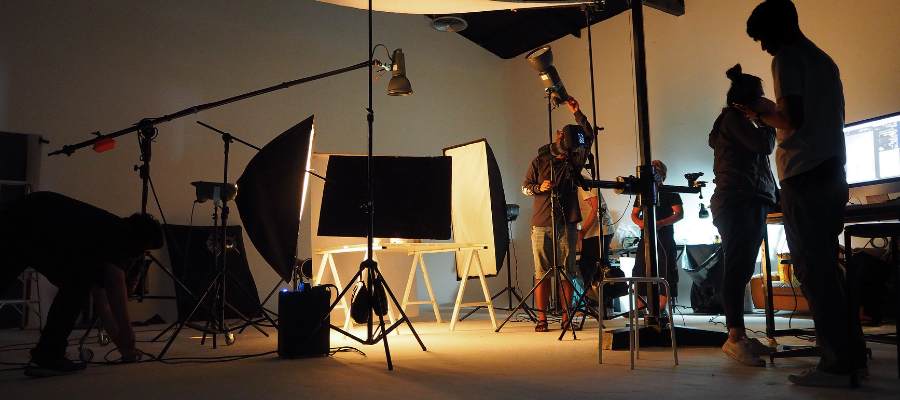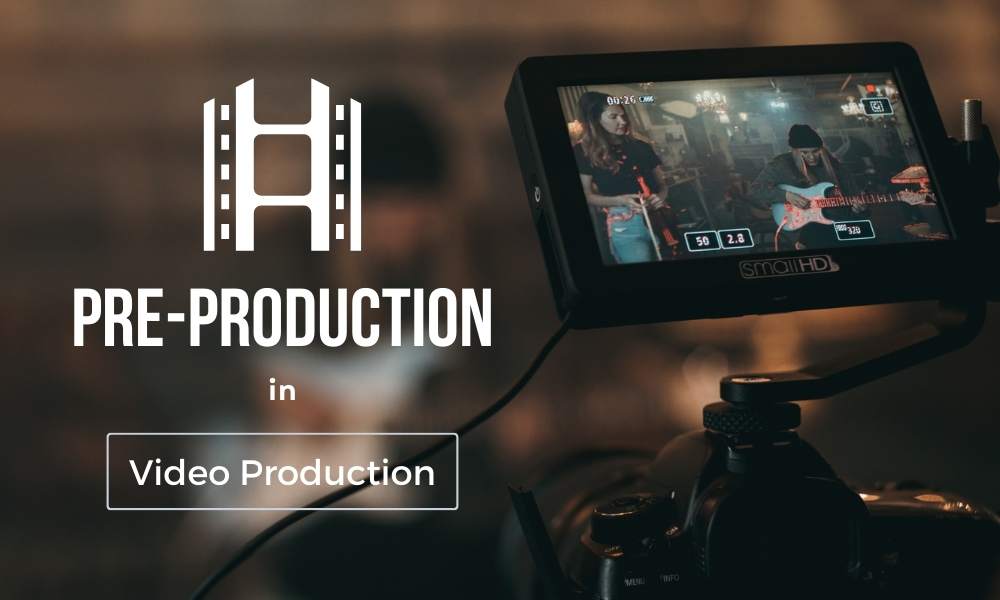As you embark on your next video project, you discover this comprehensive guide to pre-production in video production. You’ll find it’s more than just a checklist; it’s an essential roadmap to creating compelling content.
You’ll learn the crucial steps to effective idea development, script writing, and storyboarding. We’ll guide you through location scouting and provide casting, budgeting, and scheduling insights.
Don’t underestimate pre-production—it’s where the magic begins. So, dive in, explore, and turn your vision into a captivating video reality.
Understanding Pre-Production Basics

In your journey to master video production, you’ll find that pre-production is the crucial first stage where all the planning and organization happens. Navigating pre-production challenges can be daunting. You’ll have to handle budgeting, storyboarding, location scouting, and more. However, understanding these basics will equip you to face these hurdles head-on.
Next, you’ll grapple with equipment selection. It’s not just about choosing the most expensive camera; it’s about identifying the right tools that fit your project’s needs and budget. You’ll consider lighting, audio, and editing equipment, among others. Remember, every decision you make in this stage sets the tone for the rest of your production. So, take your time, do your research, and plan meticulously. You’re building the foundation of your video project, after all.
Effective Idea Development Process
A well-executed idea development process is the first step towards a successful video production. Begin with brainstorming techniques. Don’t rush this stage—let your ideas flow freely, and don’t dismiss anything initially. It’s about quantity here, not quality. Once you have a pool of ideas, sift through them, refining and discarding as necessary.
Next, turn to concept visualization. This is where you’ll start to shape your ideas into something tangible. Use storyboards or mood boards to visualize your concept, allowing you to spot any potential issues before they become major problems. This process might be time-consuming, but ensuring your final product meets your vision is vital. Remember, a solid foundation in pre-production paves the way for a smooth production phase.
Script Writing and Storyboarding
Diving deeper into pre-production, let’s tackle script writing and storyboarding, which are crucial elements that’ll transform your refined ideas into a tangible blueprint for your video production.
Writing a script isn’t just about dialogue. It’s about character development and shaping personas that resonate with your audience. It’s creating a narrative that engages, and through this, your story comes alive.
Storyboarding, on the other hand, is about visual aesthetics. It’s a visualization of your script, a series of sketches or digital frames representing each scene. This is where you decide on your camera angles, shot types, and scene transitions. It’s your visual guide, ensuring everyone’s on the same page and your story’s told just as you envisioned.
The Art of Location Scouting
Once you’ve nailed your script and storyboard, it’s time to scout for the perfect location that’ll breathe life into your scenes. You’ll need to arm yourself with the right scouting equipment to capture the essence of potential spots.
Here are a few tips to guide you:
- Evaluate the location’s acoustics and lighting conditions.
- Think about accessibility for cast and crew.
- Investigate potential interruptions or disruptions.
- Always secure location permits to avoid legal trouble.
Casting, Budgeting, and Scheduling
In video production, every aspect of casting, budgeting, and scheduling can significantly influence your project’s success, so you must handle them effectively. Casting is more than choosing actors; it’s about matching talent to the right role. Costume selection is vital to this process, as it helps shape and define each character.
Budgeting is all about managing your resources. From prop sourcing to hiring crew members, every expenditure counts. Prioritize what’s crucial and always keep a buffer for unexpected costs.
Finally, scheduling is like a well-orchestrated dance. Everything from scene sequencing to location availability must be taken into account. Remember, a well-planned schedule can save both time and money.
Conclusion
So, you’ve navigated the pre-production landscape. You’ve developed ideas, penned scripts, scouted locations, cast talent, and planned your budget and schedule. It’s no simple task, but with this guide, you’ve got the tools to manage all these elements effectively.
Remember, pre-production is where your video’s foundation is laid. Great work here ensures smoother production and post-production phases. Keep honing your skills, and you’ll create compelling videos quickly.

